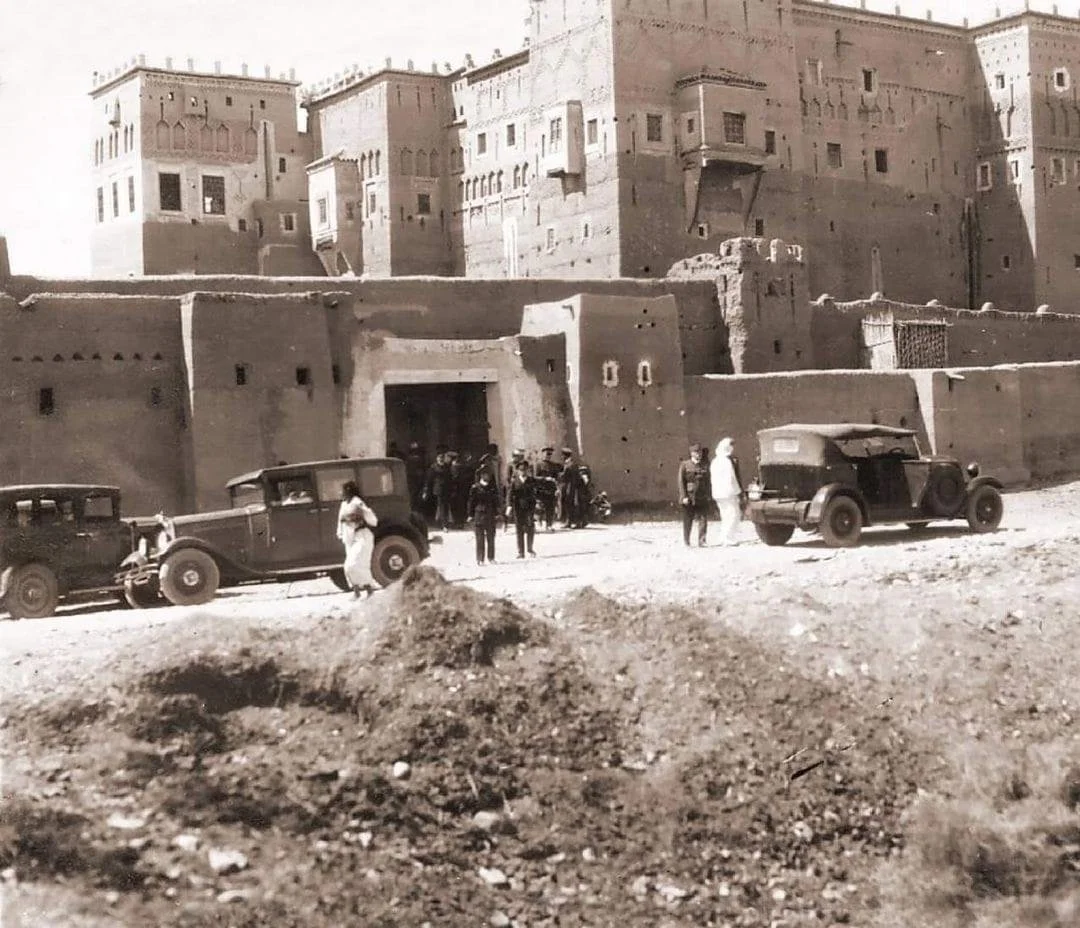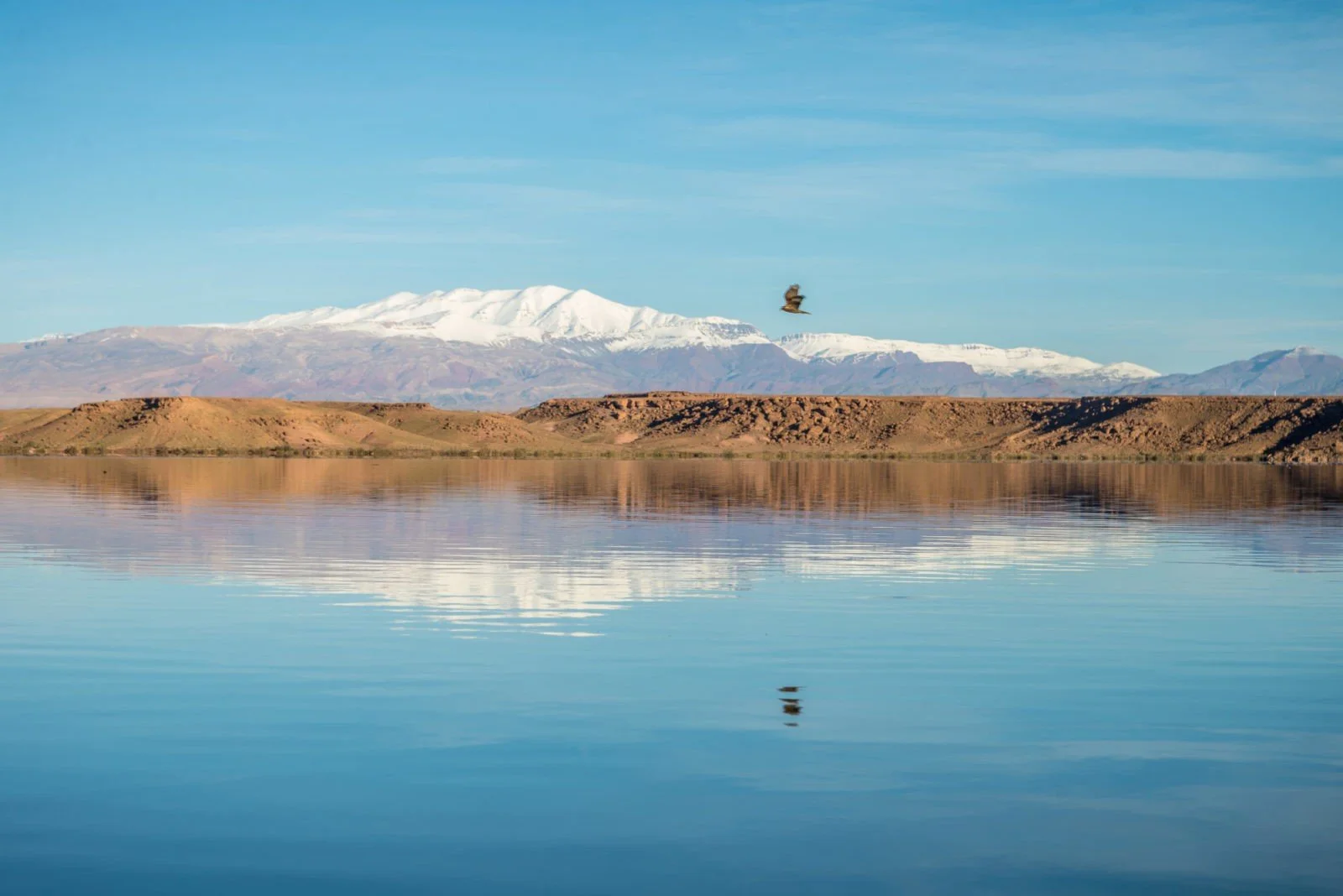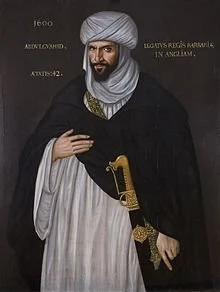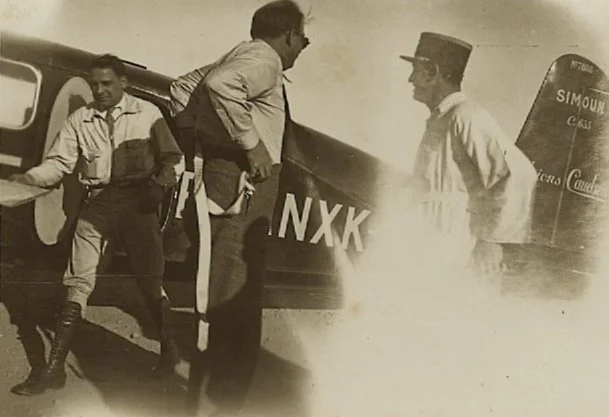A LITTLE BIT OF local HISTORY...
In the sun-drenched lands of Southern Morocco, the word « Kasbah » means fortified house with square plans and towering corner turrets, built in rammed earth and stones to protect big families, clans, and their tribes.
These architectural marvels, some dating back to the 18th century, stand as silent sentinels of history.
The name « Mansour » pays tribute to Sultan Ahmed El-Mansour, known as Mansour-Ad-Dhabi (1578-1603), a determined warrior who led an incredible expedition through the Ouarzazate region and beyond into the heart of Africa (now Mali).
The lake Mansour Ad-Dahbi bears his name, so does Kasbah Mansour.
Sultan Ahmed El-Mansour, the Saadian ruler, ascended to power after his brother's death in the pivotal « Battle of the Three Kings » on August 4, 1578, a significant defeat for the Portuguese army on Moroccan soil.
After this famous victory, he was named « El-Mansour » (the victorious) and propelled the Saadian dynasty to its zenith.
His remarkable campaign against the Songhai Empire in Mali in 1591 brought immense wealth to his capital, including gold from the Sudan (the Arabic name for the regions south of the Sahara, meaning « land of the blacks »).
From Marrakech, he dispatched over 10,000 men, led by the converted Spanish eunuch Djouder, along with horses, mules, camels, and crucially, cannons.
The two armies clashed at the battle of Tondibi near the Niger river, between Timbuktu and Gao.
The victorious Moroccan army seized all the gold it could carry, sending it back to enrich Marrakech.
Though, this military expedition did not result in territorial annexation (because tropical diseases).
Subsequently Sultans maintained control mainly over the regions north of the Atlas mountains, while the vast southern area, including the Souss, Drâa, and Dades valleys (encompassing Ouarzazate area), remained a land of frequent dissent.
Sultan Ahmed El-Mansour's reign marked a cultural and artistic renaissance in Morocco, particularly in Marrakech, where he resided.
With the colossal fortune amassed, he constructed the most magnificent palace ever built, the Al-Badi Palace, which, although destroyed a century later, once hosted receptions for ambassadors from Spain, England, France, and Turkey.
Ouarzazate itself grew around the immense Taourirt Kasbah, the stronghold of the Glaoui, a lord whose political and economic power flourished over the grand South of Morocco and the region from 1890 until 1956, before fading into history.
The french military Foreign Legion, which built the beautiful Marrakech-Ouarzazate road through the Tichka pass in 1928, spurred the city's development around its airfield.
Antoine de Saint-Exupéry, the famous writer and pilot, and other “Aéropostale” pilots, made stopovers in Ouarzazate in the 1930s everytime flights from Casablanca to Saint-Louis in Senegal were diverted due to fog or sandstorms.
Saint-Ex would later return to this familiar airfield piloting a Simoun C35 plane, aiming for a record.
His legendary dining table at « Chez Dimitri » restaurant on boulevard Mohamed V in Ouarzazate is still there.
Kasbah Mansour is proud to offer its guests not just a stay, but a journey through time.





